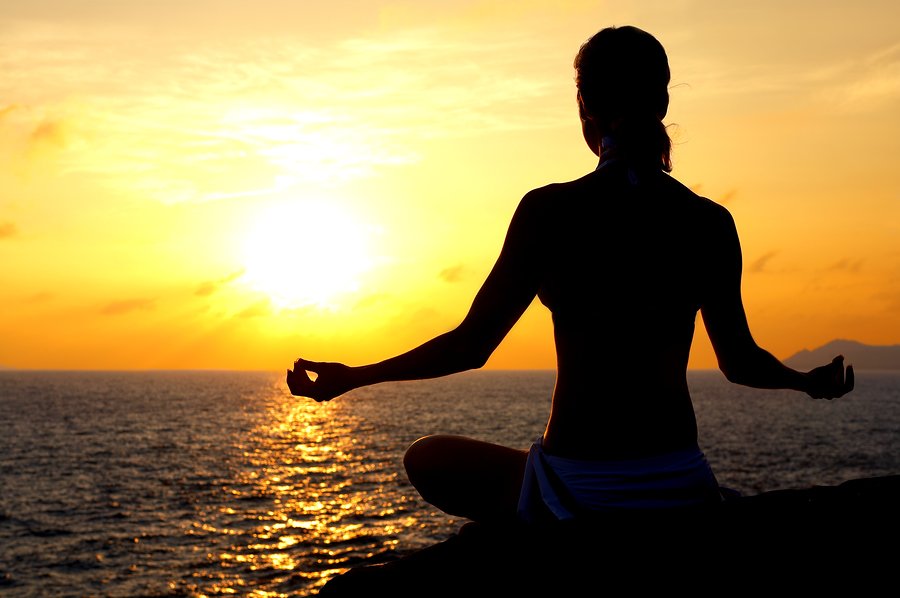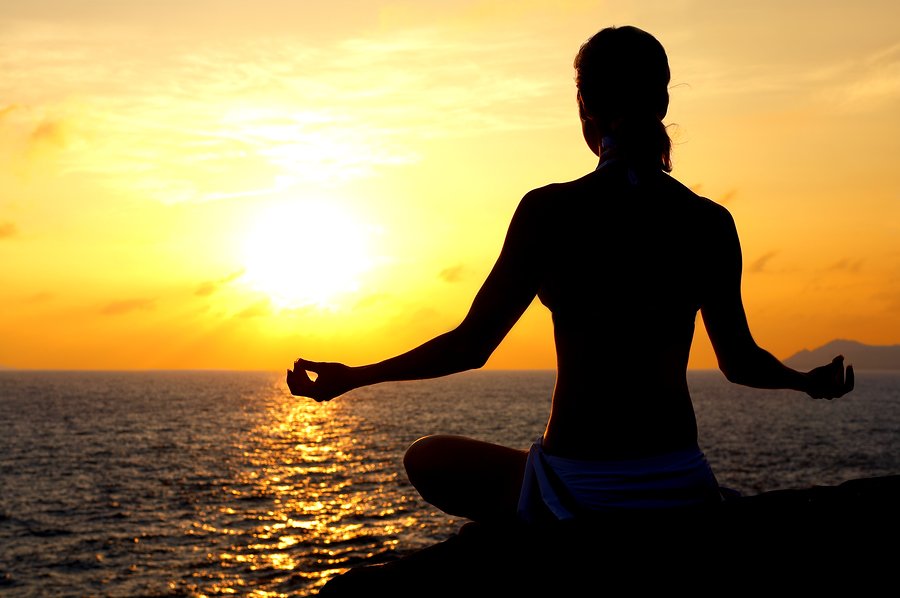Embarking on a journey, whether for leisure or business, often presents a whirlwind of experiences, from the thrill of exploration to the challenges of navigating unfamiliar environments. How to Meditate Anywhere: Tips for Busy Travelers, aims to equip you with the tools to cultivate inner peace amidst the chaos of travel. This guide goes beyond simply suggesting meditation; it provides practical strategies and techniques tailored for the unique demands of a life on the move.
For those navigating the world while keeping their well-being in mind, “How to Meditate Anywhere: Tips for Busy Travelers” offers valuable guidance. A key aspect of this is managing the mental chatter that can arise during travel. Effectively, you can utilize the practices detailed in Using Meditation to Overcome Negative Thinking Patterns to cultivate a more positive mindset.
This allows you to approach your journeys with increased focus and resilience, making the most of your travels.
We’ll explore the core principles of meditation, dissecting its benefits specifically for travelers, and offer adaptable practices suitable for any location. From understanding how to overcome travel-related stress and jet lag, to mastering meditation on planes, trains, and buses, this resource is designed to help you integrate mindfulness into your travels, enhancing your overall experience and fostering a deeper appreciation for the world around you.
For those constantly on the move, mastering meditation while traveling is a valuable skill. Finding moments of calm amidst the chaos is key. Understanding how to be present can greatly benefit all aspects of life, even enhancing your connections; you can explore how to improve these dynamics by checking out How to Use Meditation to Improve Your Relationships.
Ultimately, these practices will make your journeys more fulfilling, and your life, more balanced.
Understanding the Core of Meditation for Travelers: How To Meditate Anywhere: Tips For Busy Travelers
For those constantly on the move, the concept of meditation might seem like a luxury. However, it’s a surprisingly adaptable practice that can significantly enhance the travel experience. This section delves into the fundamentals of meditation and its specific advantages for the globetrotter.
What Meditation Is
Meditation, at its core, is a mental exercise that trains your mind to focus and redirect your thoughts. It’s not about emptying your mind, but rather observing your thoughts without judgment. For a beginner traveler, think of it as a mental reset button. When you meditate, you’re simply creating a space where you can become more aware of the present moment, reducing the tendency to get caught up in worries about the future or regrets about the past.
Benefits of Meditation for Travelers
Travel can be a whirlwind of new experiences, but also a source of stress and anxiety. Meditation offers several key benefits that can directly counteract the negative impacts of travel:
- Stress Reduction: Meditation helps lower cortisol levels, the primary stress hormone, allowing you to feel calmer and more relaxed.
- Improved Focus: Travel often involves navigating new environments and dealing with unexpected challenges. Meditation enhances your ability to concentrate and make decisions effectively.
- Reduced Jet Lag: Regular meditation can help regulate your body’s natural sleep-wake cycle, mitigating the effects of jet lag and promoting better sleep.
- Increased Mindfulness: Meditation cultivates a greater awareness of your surroundings, enabling you to fully appreciate new cultures and experiences.
Counteracting Negative Effects of Travel, How to Meditate Anywhere: Tips for Busy Travelers

Source: dingtwist.com
The advantages of meditation are particularly valuable for travelers. The ability to manage stress is paramount when facing delays, crowded spaces, and cultural differences. Meditation provides a buffer against these stressors. Moreover, the practice can aid in adjusting to new time zones, making the transition to a new location smoother and less disruptive.
